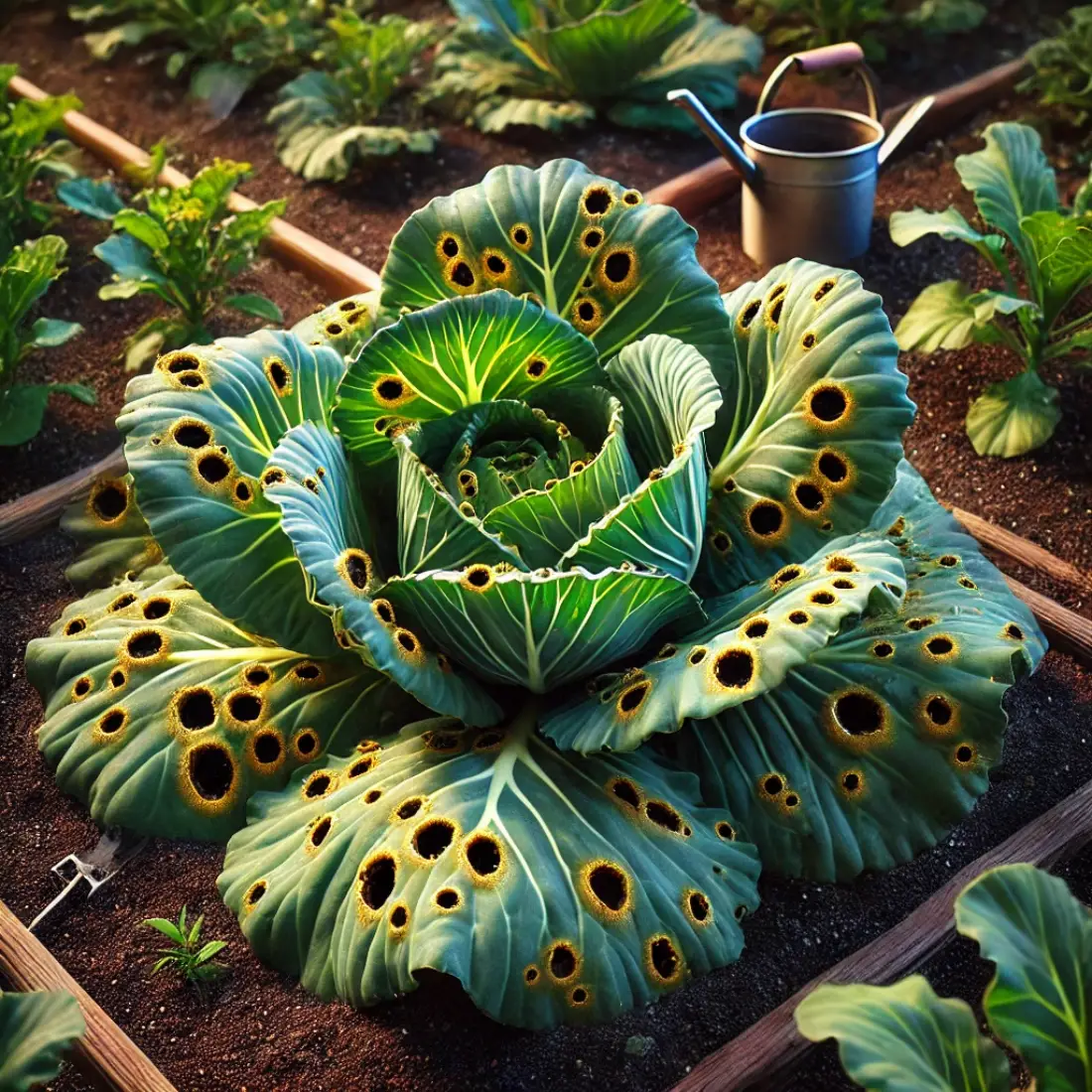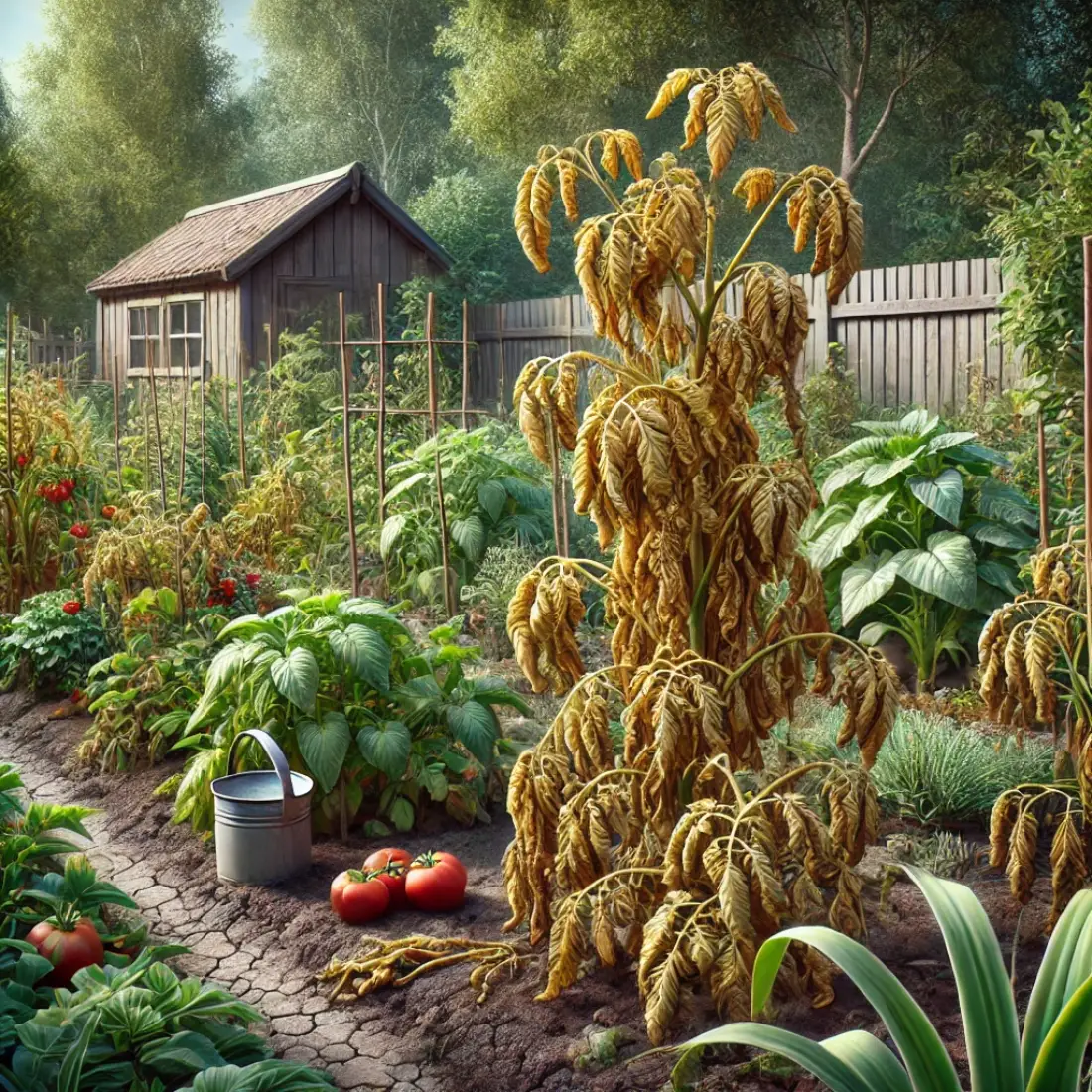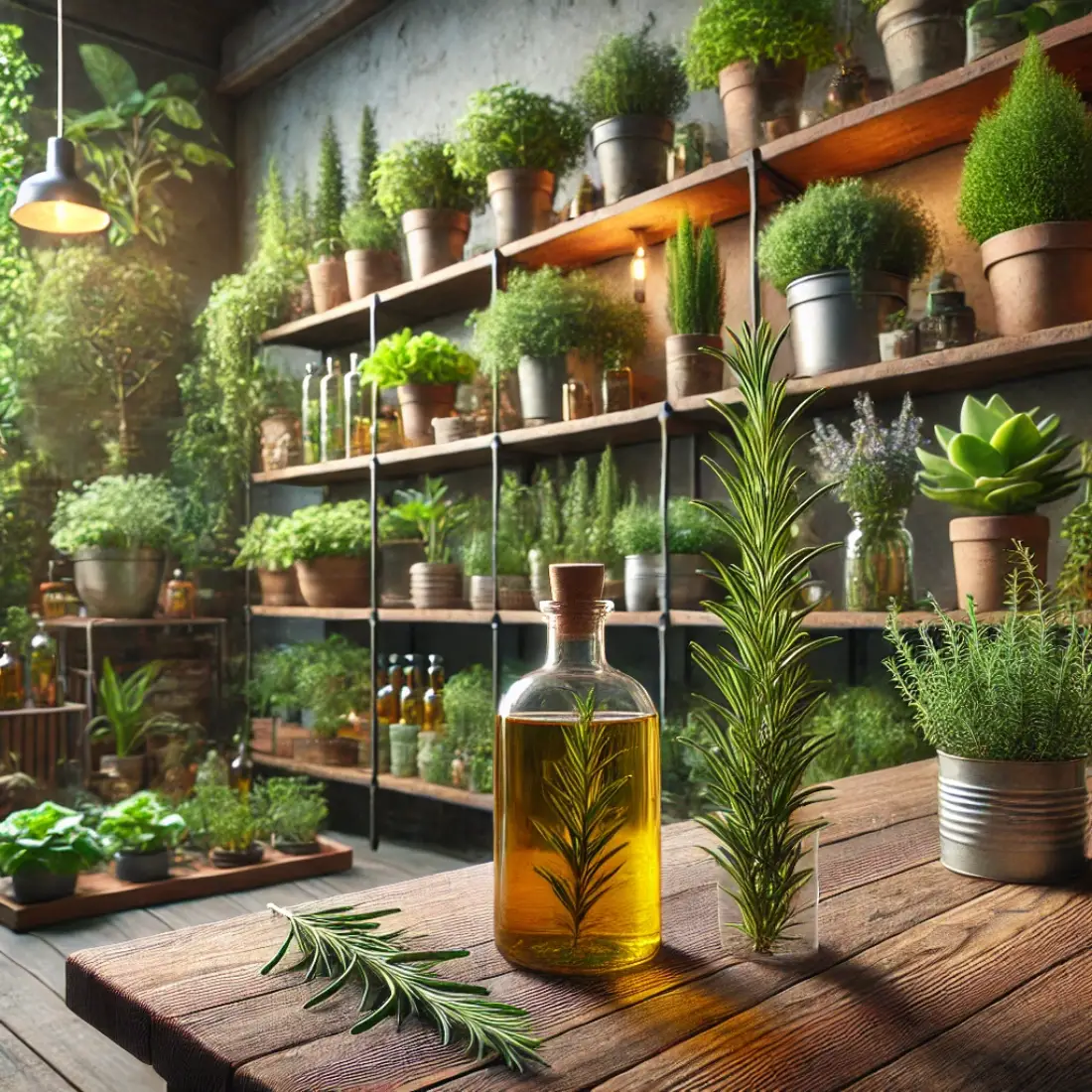Black rot is a bacterial disease that primarily affects the leaves, stems, and roots of plants. It is characterized by the formation of black or dark brown lesions, typically starting at the edges of leaves and progressing inward. This disease is most commonly observed in cruciferous vegetables, but it can also impact other plant families under favorable conditions.
Symptoms of Black Rot
The symptoms of black rot are distinct and can be identified at various stages of plant growth:
- Early Symptoms: Initial signs include small, yellow V-shaped lesions at the leaf margins, which gradually turn black as the disease progresses.
- Advanced Symptoms: As the disease advances, the black lesions enlarge, and the veins of the leaves become blackened, leading to leaf drop. In severe cases, the infection can spread to the stems and roots, causing wilting and stunted growth.
- Fruit Symptoms: In affected fruit, black rot can cause sunken, black spots, leading to poor quality and unmarketable produce.
Causes and Spread of Black Rot
The primary cause of black rot is the bacterium Xanthomonas campestris pv. campestris. This pathogen thrives in warm, moist environments and can be spread through several means:
- Seed Contamination: Infected seeds are a common source of black rot, as the bacteria can survive on the seed surface and within the seed.
- Water Splash: Rain or irrigation water can splash the bacteria from the soil onto the plants, initiating infection.
- Wind: Strong winds can carry the bacteria to healthy plants.
- Infected Plant Debris: Bacteria can survive in plant debris left in the field, which can infect new crops.
Environmental conditions such as high humidity, warm temperatures (77-86°F/25-30°C), and poor air circulation can exacerbate the spread of black rot.
Impact of Black Rot on Plants
Black rot significantly impacts plant health and productivity:
- Reduced Yield: The disease causes premature leaf drop, reducing the photosynthetic capacity of the plant, which can lead to lower yields.
- Poor Quality Produce: Infected fruits and vegetables often have blemishes and rot, making them unsuitable for market.
- Plant Death: Severe infections can kill young seedlings and reduce the lifespan of mature plants.
- Economic Loss: Farmers and gardeners can suffer substantial economic losses due to decreased yield and quality.
Organic Methods for Control and Treatment
Black rot can be managed effectively using organic methods that emphasize prevention, cultural practices, natural treatments, and biological controls. These methods are not only environmentally friendly but also sustainable, ensuring the health and productivity of your crops without the use of harmful chemicals.
Prevention Strategies
Preventing black rot is the first line of defense and involves several key strategies:
- Crop Rotation: Rotate crops regularly to avoid planting susceptible plants in the same location year after year. This practice disrupts the life cycle of the bacteria by depriving it of its host.
- Resistant Varieties: Select and plant varieties that are resistant to black rot. Many seed companies offer resistant strains of cruciferous vegetables.
- Proper Spacing: Ensure adequate spacing between plants to promote good air circulation, which helps reduce the humidity levels that favor bacterial growth.
- Sanitation: Always start with clean, disease-free seeds. Use certified seeds or treat seeds with hot water (122°F for 25 minutes) to kill any bacteria present.
Cultural Practices for Control
Implementing cultural practices can significantly reduce the incidence of black rot:
- Plant Hygiene: Remove and destroy infected plant debris and weeds that can harbor the bacteria. Keep the garden clean to minimize sources of infection.
- Watering Practices: Water plants at the base to avoid splashing water on the leaves. Drip irrigation systems are ideal as they reduce leaf wetness.
- Mulching: Apply organic mulch around plants to prevent soil from splashing onto the leaves. Mulch also helps retain soil moisture and suppresses weeds.
Natural Treatments and Remedies
Several natural treatments can help manage black rot:
- Neem Oil: Neem oil is an effective organic fungicide and bactericide. Spray neem oil on plants every 7-14 days, especially after rain or overhead irrigation.
- Baking Soda Solution: A mixture of 1 tablespoon of baking soda, 1 tablespoon of vegetable oil, and a few drops of dish soap in a gallon of water can be sprayed on plants to help prevent and control black rot.
Biological Controls
Using biological controls can naturally suppress black rot:
- Beneficial Microorganisms: Introduce beneficial bacteria and fungi, such as Bacillus subtilis and Trichoderma species, to the soil. These microorganisms can outcompete the black rot bacteria and protect plant roots.
- Natural Predators: Encourage or introduce insects and other organisms that prey on black rot bacteria. This can help reduce the bacterial population in the garden.
- Companion Planting: Planting certain herbs and flowers, such as marigolds and nasturtiums, near susceptible crops can help repel pests and reduce disease incidence. These companion plants can enhance biodiversity and create a healthier garden ecosystem.
Monitoring and Maintenance
Regular monitoring and maintenance are crucial for keeping black rot under control:
- Regular Inspection: Frequently check plants for early signs of black rot. Early detection allows for prompt action, preventing the spread of the disease.
- Remove Infected Material: Immediately remove and destroy any infected plant material to prevent the bacteria from spreading to healthy plants.
- Ongoing Plant Care: Maintain plant health through proper fertilization, watering, and pruning. Healthy plants are more resistant to diseases, including black rot.
FAQs about Black Rot
How can I identify black rot early?
Black rot can be identified early by looking for small, yellow V-shaped lesions at the edges of leaves. These lesions gradually turn black and move inward. It’s crucial to inspect your plants regularly, especially after rain or high humidity, as these conditions can promote the spread of the disease. Early detection allows for prompt action, such as removing infected leaves and applying organic treatments.
Can black rot be completely eradicated organically?
While black rot cannot be completely eradicated, it can be effectively managed and controlled using organic methods. These methods include crop rotation, planting resistant varieties, maintaining plant hygiene, and using natural treatments like neem oil and copper-based fungicides. Consistent monitoring and good cultural practices can significantly reduce the incidence and spread of black rot.
Are there any resistant plant varieties?
Yes, there are resistant plant varieties available that can help reduce the risk of black rot. Many seed companies offer cruciferous vegetables, such as certain cabbages, broccoli, and cauliflower, that have been bred for resistance to black rot. Choosing these varieties and combining them with good gardening practices can provide a strong defense against the disease.
What role does crop rotation play in preventing black rot?
Crop rotation is essential in preventing black rot as it disrupts the life cycle of the bacteria. By not planting the same or related crops in the same area for several seasons, you reduce the likelihood of the bacteria surviving in the soil and infecting new plants. Rotating with non-host crops is an effective strategy for managing soil-borne diseases.
How does neem oil help control black rot?
Neem oil acts as a natural fungicide and bactericide. When sprayed on plants, it can help prevent and control black rot by inhibiting the growth of the bacteria responsible for the disease. Neem oil is best applied every 7-14 days, especially after rain or overhead irrigation, to maintain its protective effect.
What are the best cultural practices for managing black rot?
Effective cultural practices include proper spacing of plants to ensure good air circulation, removing and destroying infected plant debris, watering at the base to avoid wetting leaves, and using organic mulch to prevent soil splash. These practices help create an environment that is less conducive to the spread of black rot and other diseases.
How important is sanitation in preventing black rot?
Sanitation is critical in preventing black rot. Using clean, disease-free seeds, disinfecting gardening tools, and removing plant debris can greatly reduce the sources of infection. Proper sanitation practices minimize the risk of introducing and spreading the bacteria within your garden or farm.
Can homemade remedies be effective against black rot?
Yes, homemade remedies like a baking soda solution can be effective against black rot. A mixture of 1 tablespoon of baking soda, 1 tablespoon of vegetable oil, and a few drops of dish soap in a gallon of water can be sprayed on plants to help prevent and control the disease. This solution helps create an alkaline environment that inhibits bacterial growth.
What biological controls can be used to manage black rot?
Biological controls include introducing beneficial microorganisms such as Bacillus subtilis and Trichoderma species, which can outcompete the black rot bacteria. Encouraging natural predators and using companion planting can also help manage black rot by enhancing biodiversity and creating a healthier garden ecosystem.
How often should I inspect my plants for black rot?
Regular inspection of your plants is crucial for early detection and management of black rot. It’s recommended to inspect your plants at least once a week, and more frequently during periods of high humidity or after rain. Early identification of symptoms allows for timely intervention and reduces the spread of the disease.










